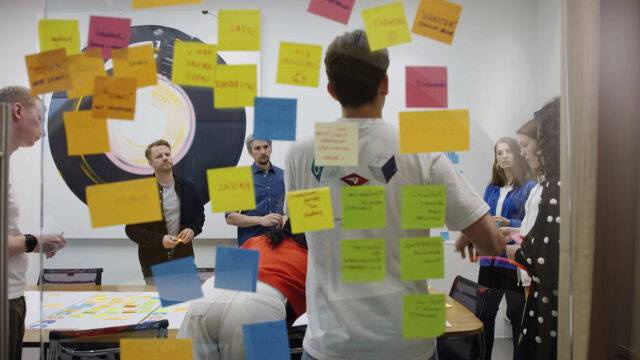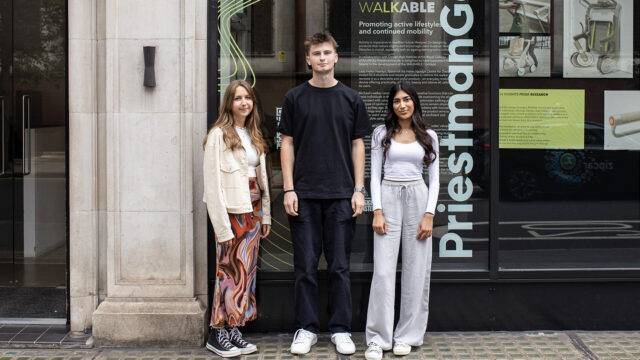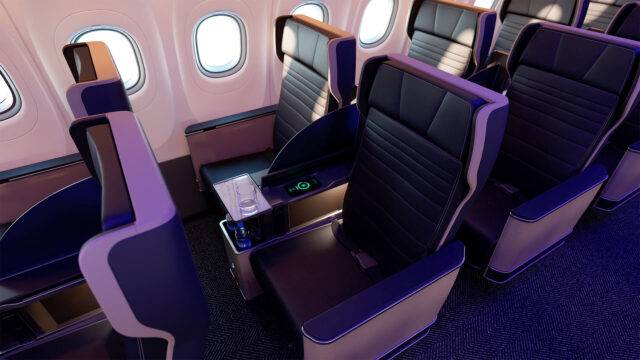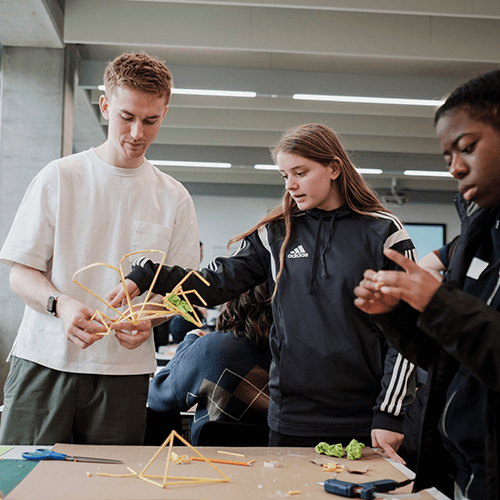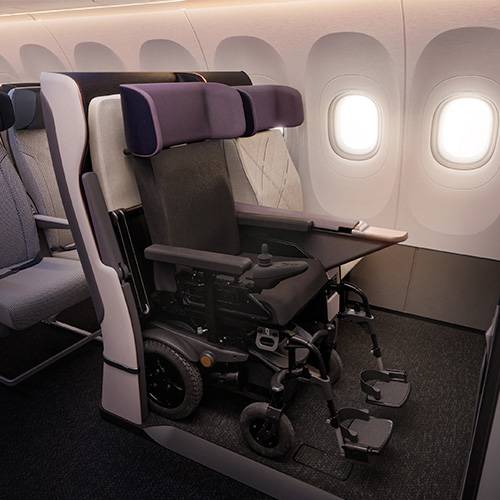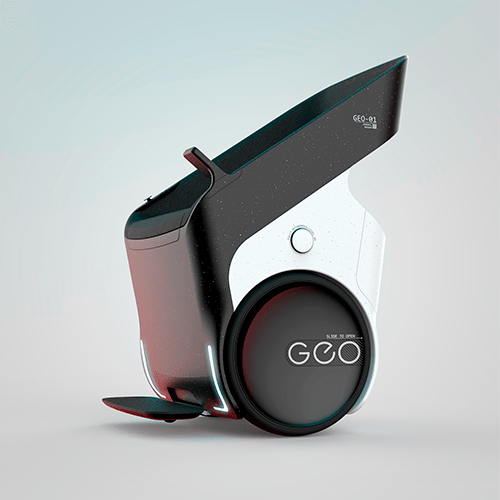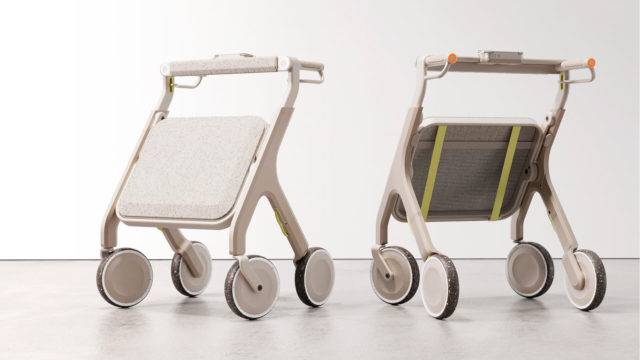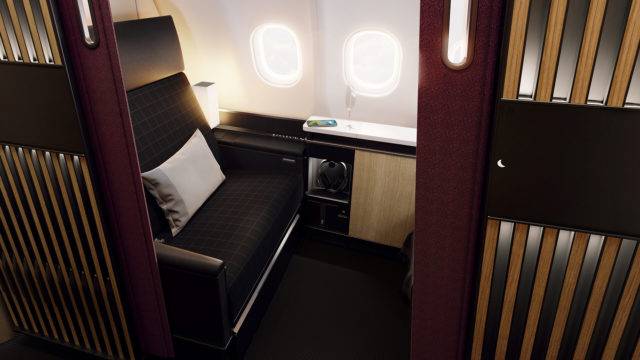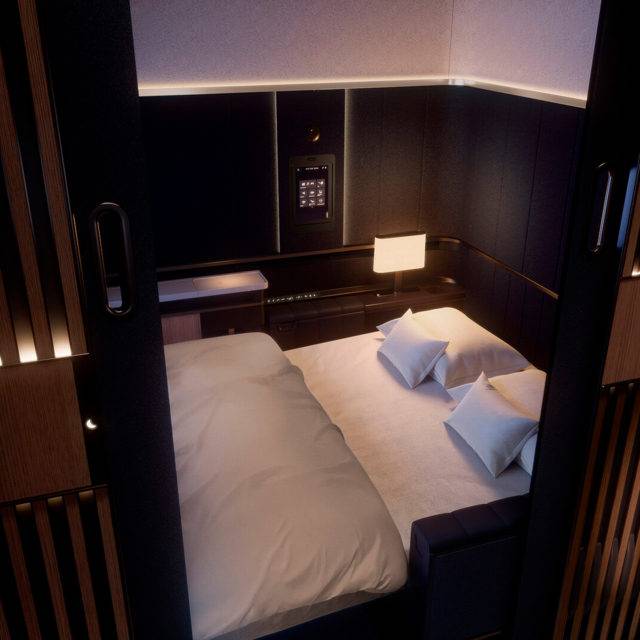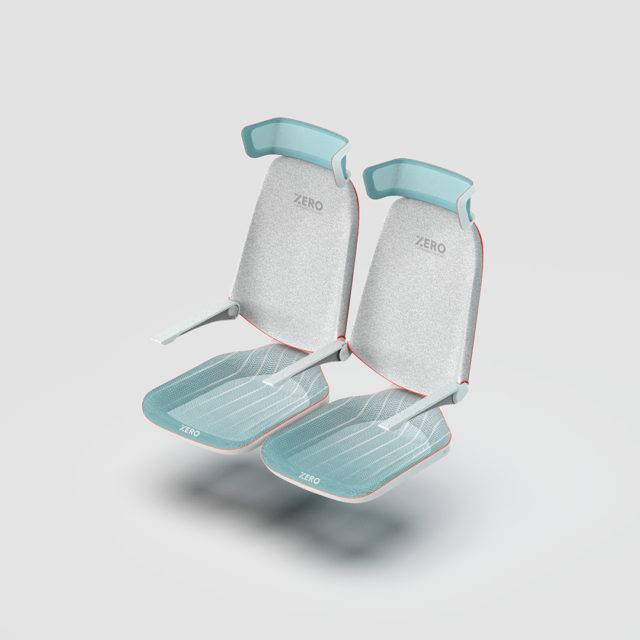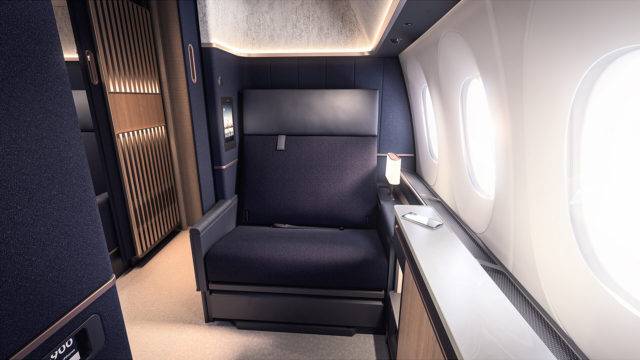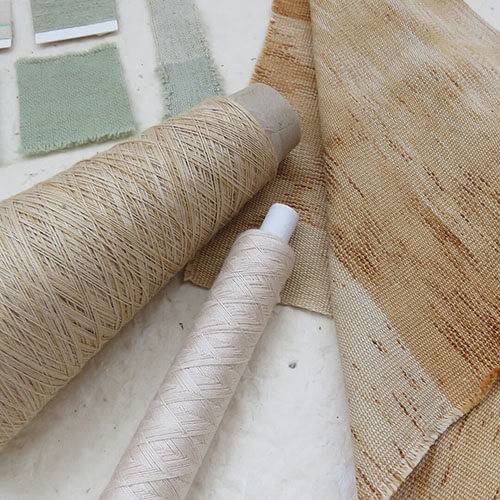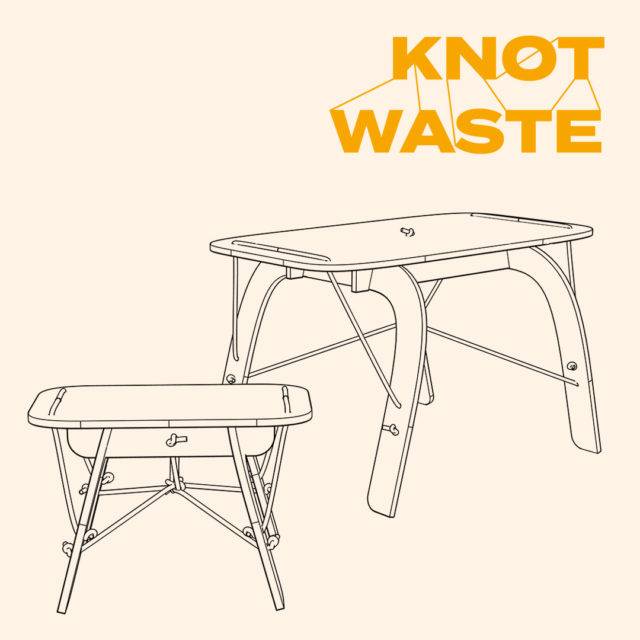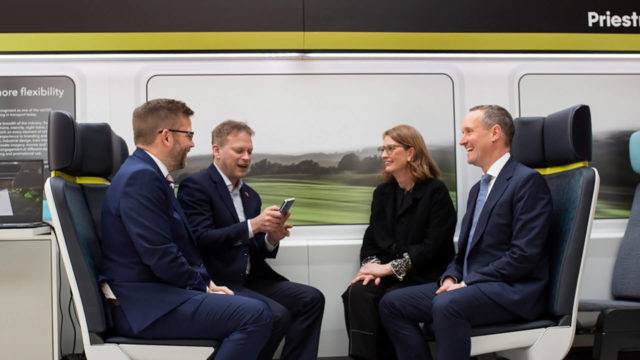
Future Materials: PGxRCA 2020
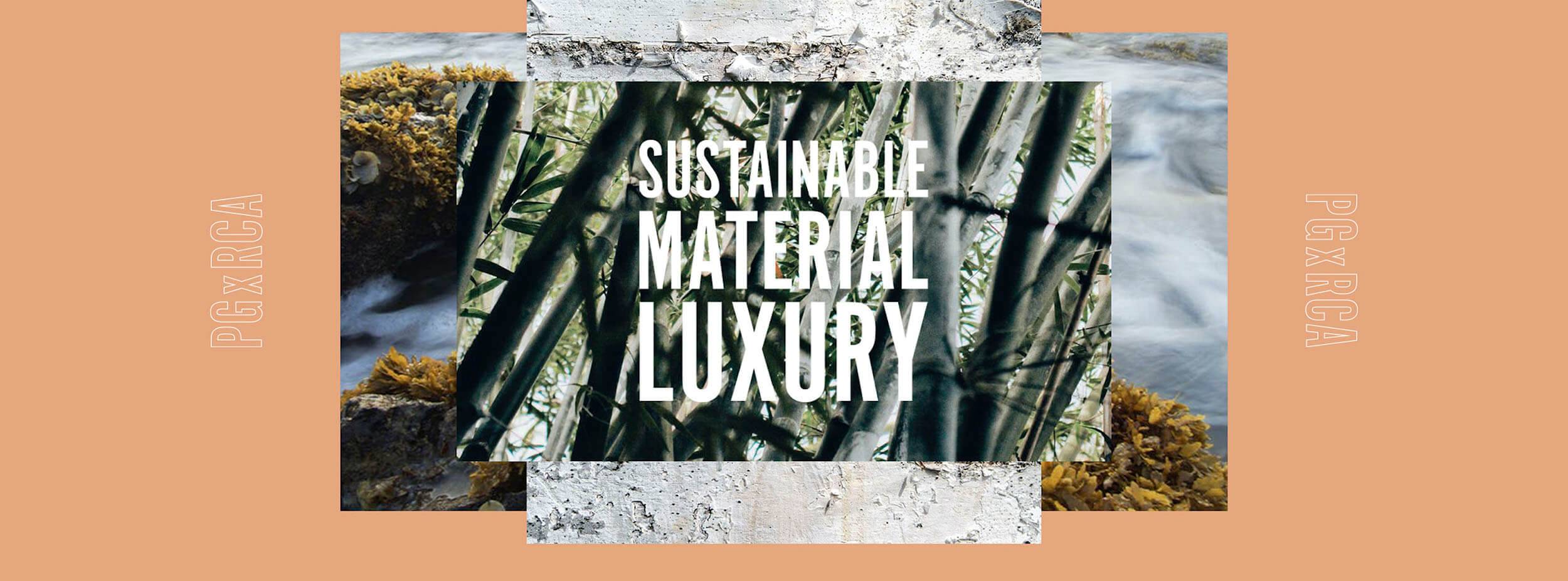
Each year, PriestmanGoode teams up with the Royal College of Art in London, to run an industry brief with the MA Textiles course. The project is an opportunity to forge closer links between design practice and education and offers students an opportunity to apply their skills to real life challenges.
This year, the students were challenged by PriestmanGoode’s Colour, Material and Finish (CMF) team to explore and experiment with the idea of a sustainable new luxury aesthetic for transport environments in 2030. They were tasked to embrace materiality and examine the possibilities of using waste or by-product materials, and create a new aesthetic that would be sustainable, desirable, tactile and functional.
This exhibition charts the work of seven students whose projects were selected. Each was asked to give a brief overview of their concept and to submit three images of their work: a moodboard showing their inspiration, an image from their design process as well as the final material they developed.
Yanjie Zhang – Algae
@yanjie_zhang97
Algae is used here as the raw material for a series of products with different textures. Research shows that alginate fibre is widely used in medical materials because it deodorises, has antibacterial properties and is super-absorbent. It can also help people feel warm, as it has good far-infrared radiation efficiency. I combined sodium alginate and alginate fibre, transforming them from powder to solid gel and then into threads for weaving. As for the colour, I chose spirulina powder as a natural colourant, and adjusted the colour by changing the ratio of the colourant to water. This not only retained the green colour of the seaweed but also ensured the products have a low environmental impact. Developing materials of different textures allowed me to create a range of products for the travel journey including a blanket, pillowcase and cutlery.
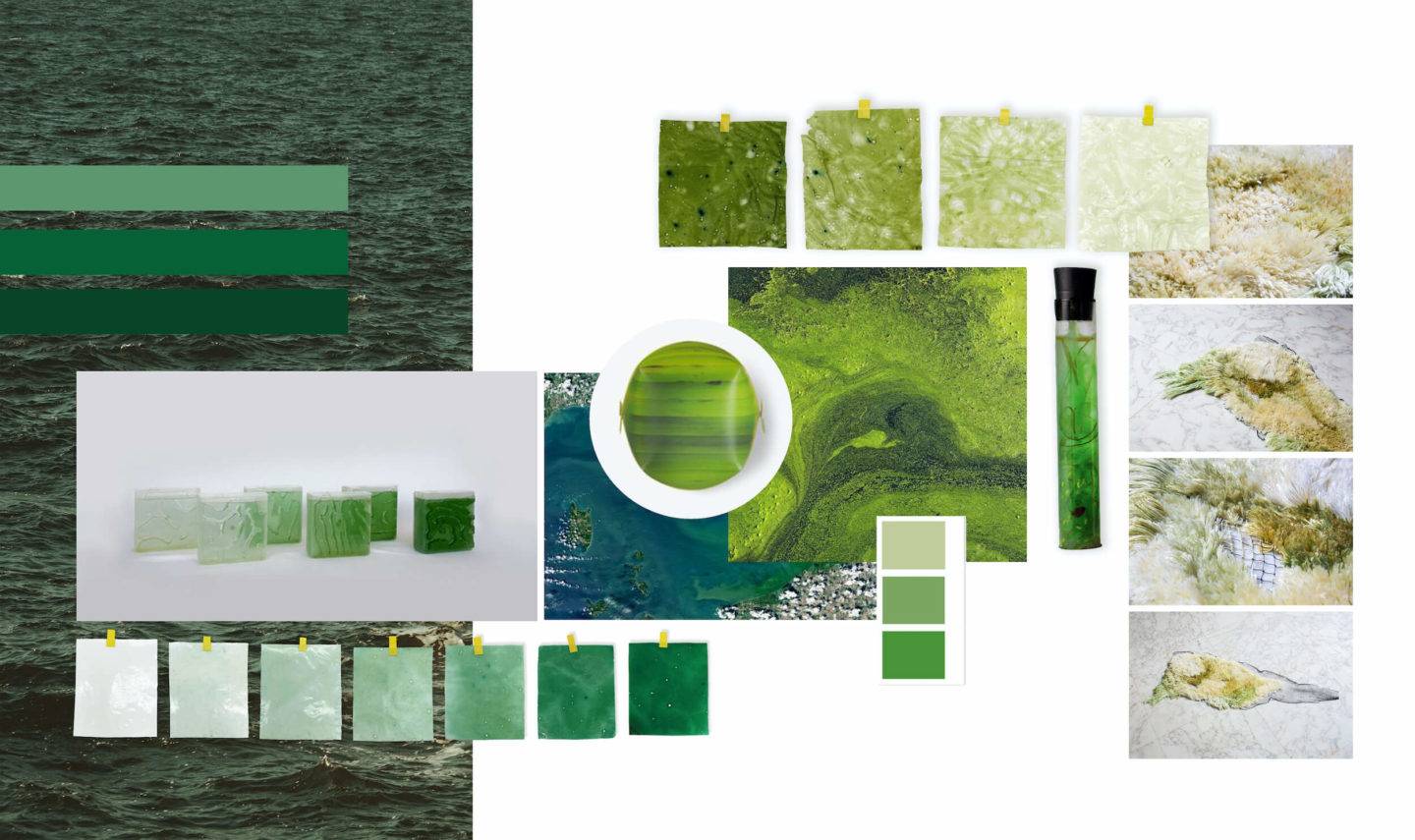
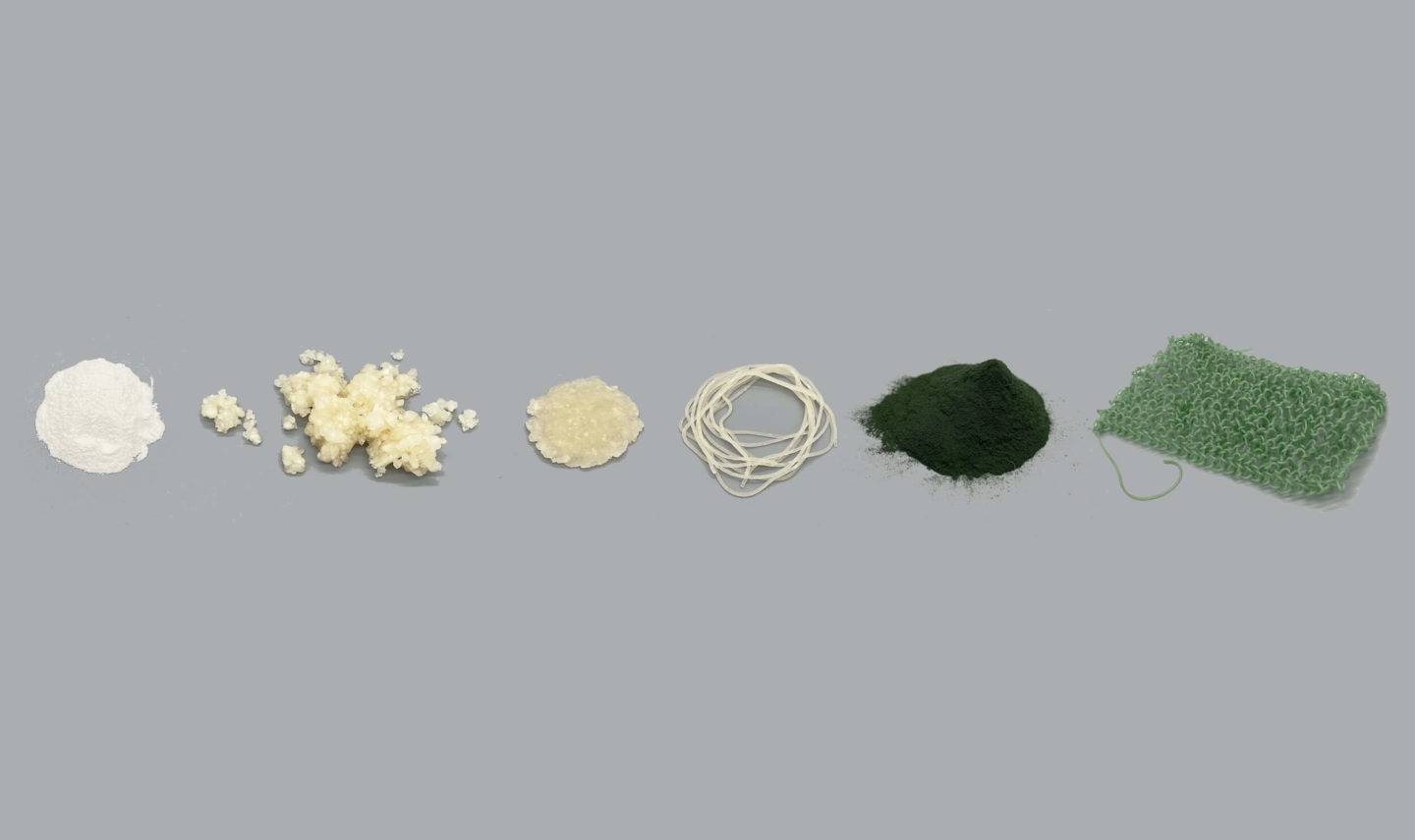
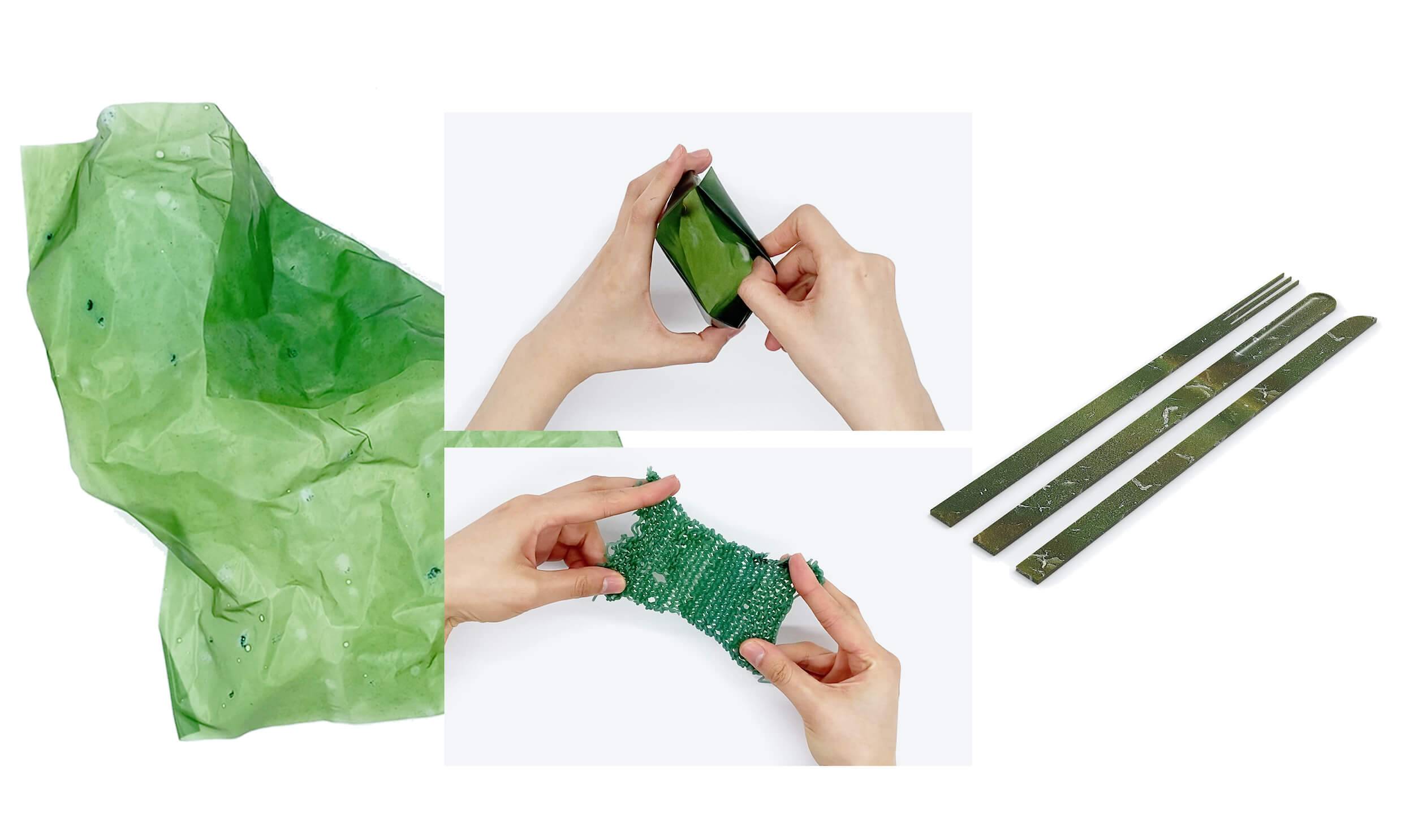
You Mi Choi – Tactile Beading
@choiymj
Embroidery, whilst being a highly visual aspect of design, also has a strong connection to tactility and sensory experiences. The interaction between materials and the body led the ergonomic and user-centred design process of this project. To eliminate the problems that arise with the recycling of embroidered fabrics, the technique of Tambour beading was key. Mainly used in Haute Couture, this technique has a quick and effective disassembly process, enabling the glass beads to be recycled post-consumption. The target company chosen was Air France, bringing couture techniques to the masses while promoting traditional French craft. The stress ball, beaded seat covers, and travel neck pillows were researched, leading to a possible new product to be developed that helps alleviate panic attacks and flight anxiety. Touch stimulation, along with the act of squeezing an object provides sensory and therapeutic relief which adds to the wellbeing of the passenger. Antibacterial fabric, wool stuffing and cooling effects of beads allow for a mixture of mono and high-tech materials, supporting the longevity of the item. Close proximity to the airline’s HQ and local provenance of materials are integral to create a sustainable ecosystem. All materials are proposed to be sourced from local companies in France along with the possibilities of recycling glass beads, to meet demand.
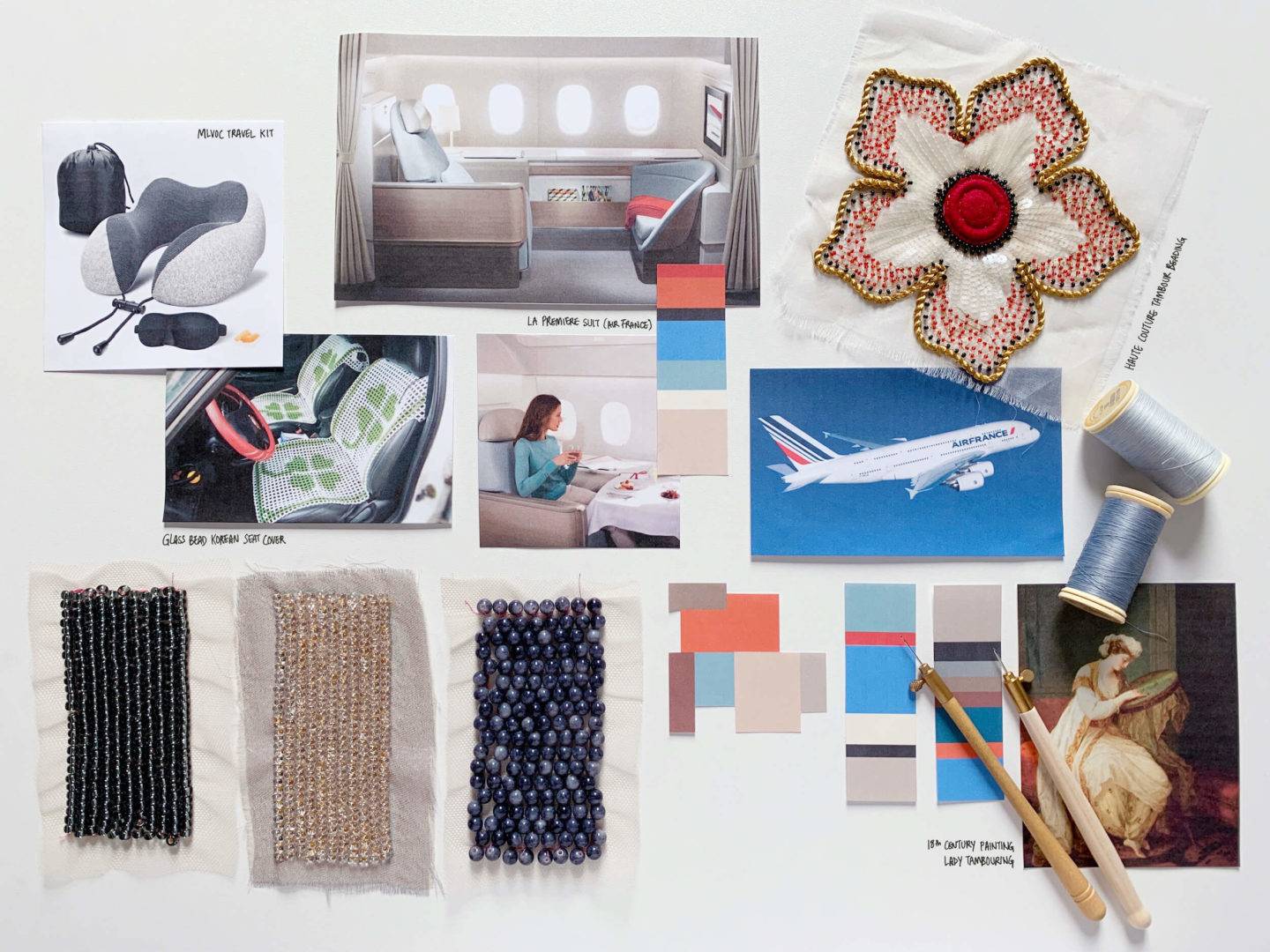
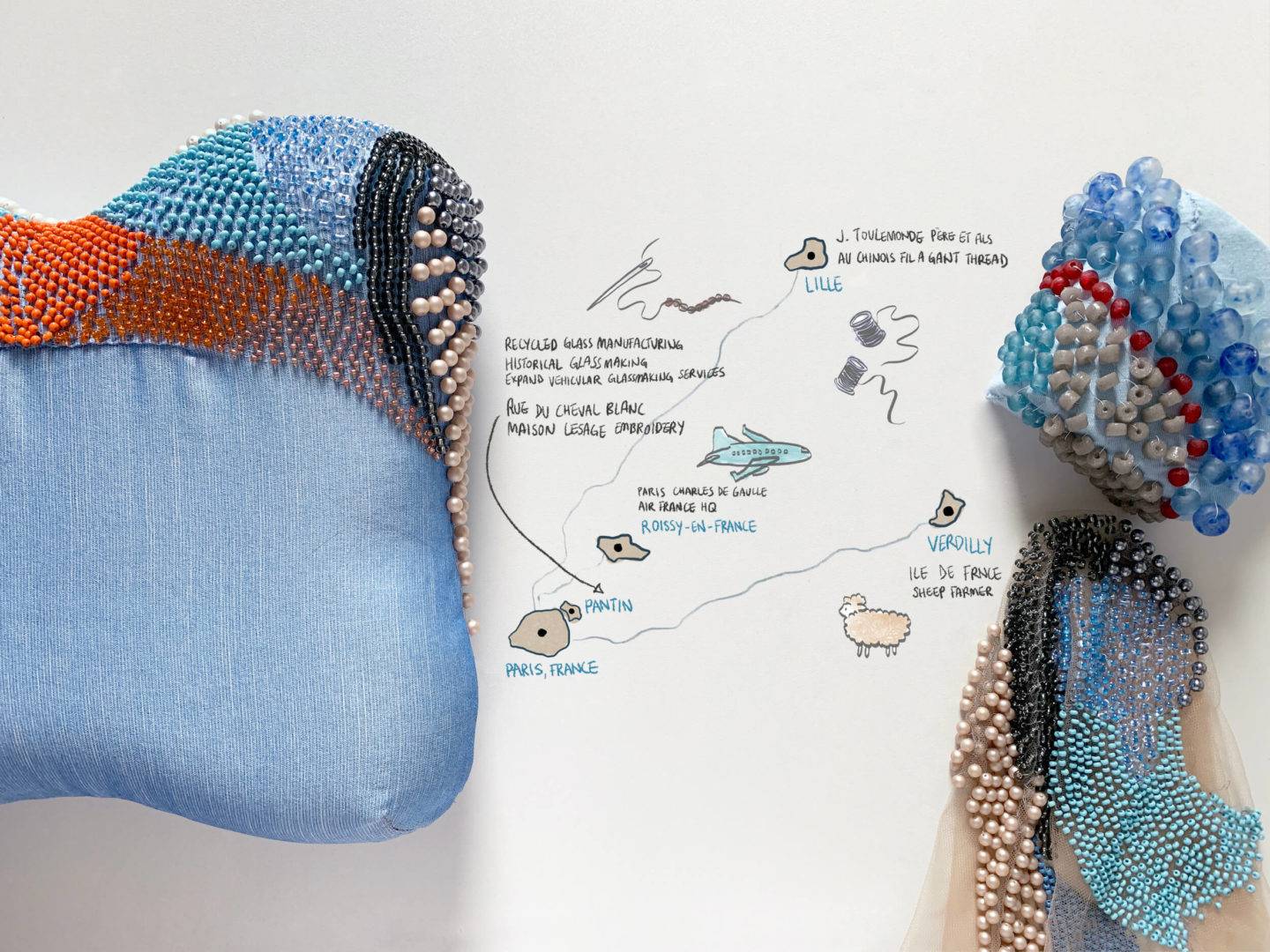
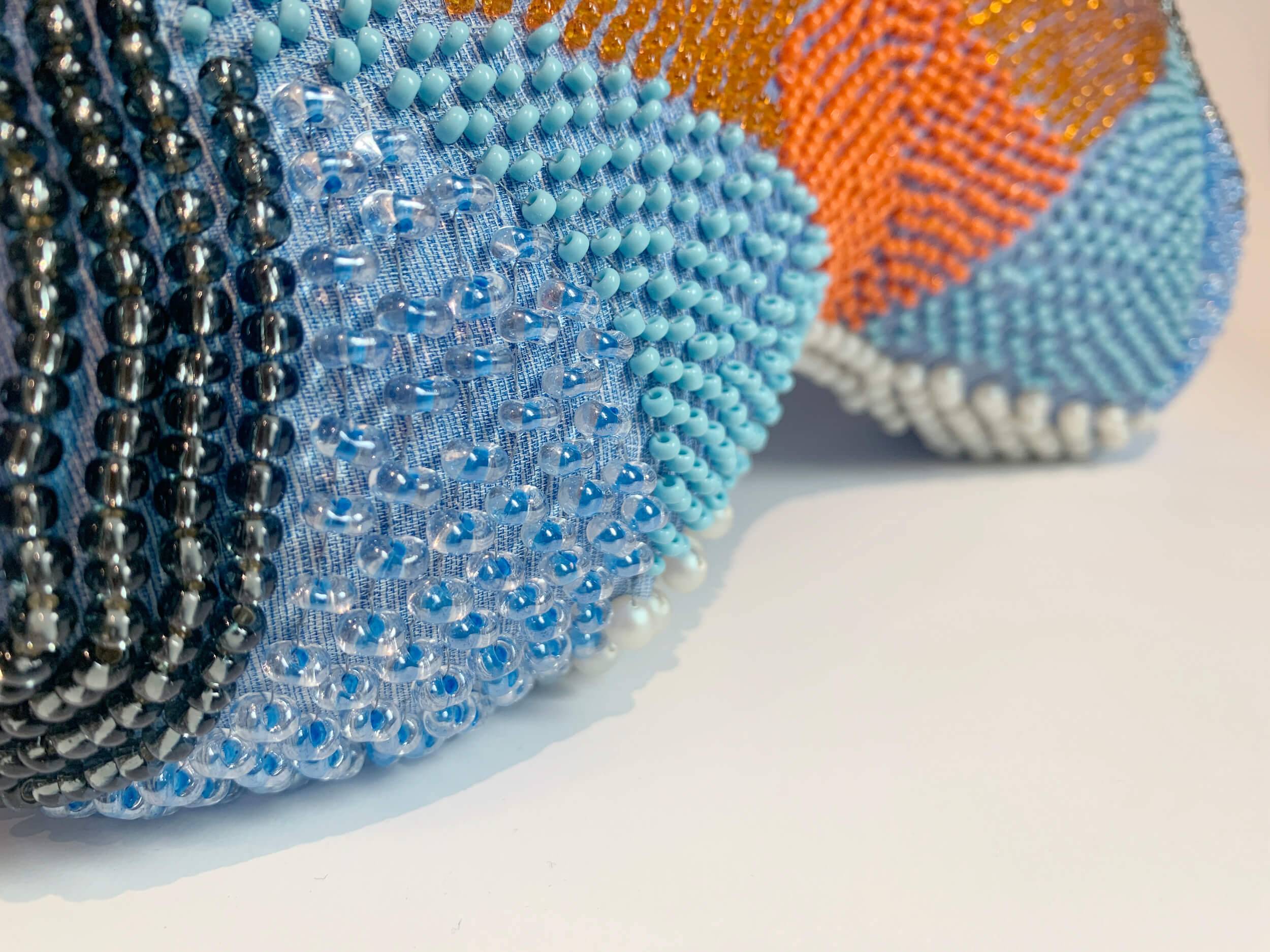
Xin Zhou – Private Space
@allison_7171717
First, I analysed the definitions of ‘Sustainable’ and ‘Luxury’. I think that ‘sustainable’ is not just about recycled or waste materials, but should include the whole product lifecycle, from production to the recovery of materials. As a result, I chose to work with natural materials. As for a definition of luxury: experience is key, people need to at least feel comfortable during their flight. During my research, I asked 10 people from different social backgrounds: what is the most unsatisfying part of the air travel experience for them? Lack of space onboard ranked first. We all know that space is a valuable commodity on a plane, and if we increase the average space for each passenger, the price of the flight would increase. But if we use the current footprint and ensure that passengers have a small private space within that, which allows them to rest, then it would be a better experience. So I decided to make a shade for each seat in economy class. The shade is flexible, it can open and close with ease and would not take up additional space in the cabin. These ‘blanket hoods’ hang in front of the passenger, and are secured to ensure they remain in place. The airline I chose is British Airways, as we all know that British wool is highly coveted, and the raw material could be locally sourced.
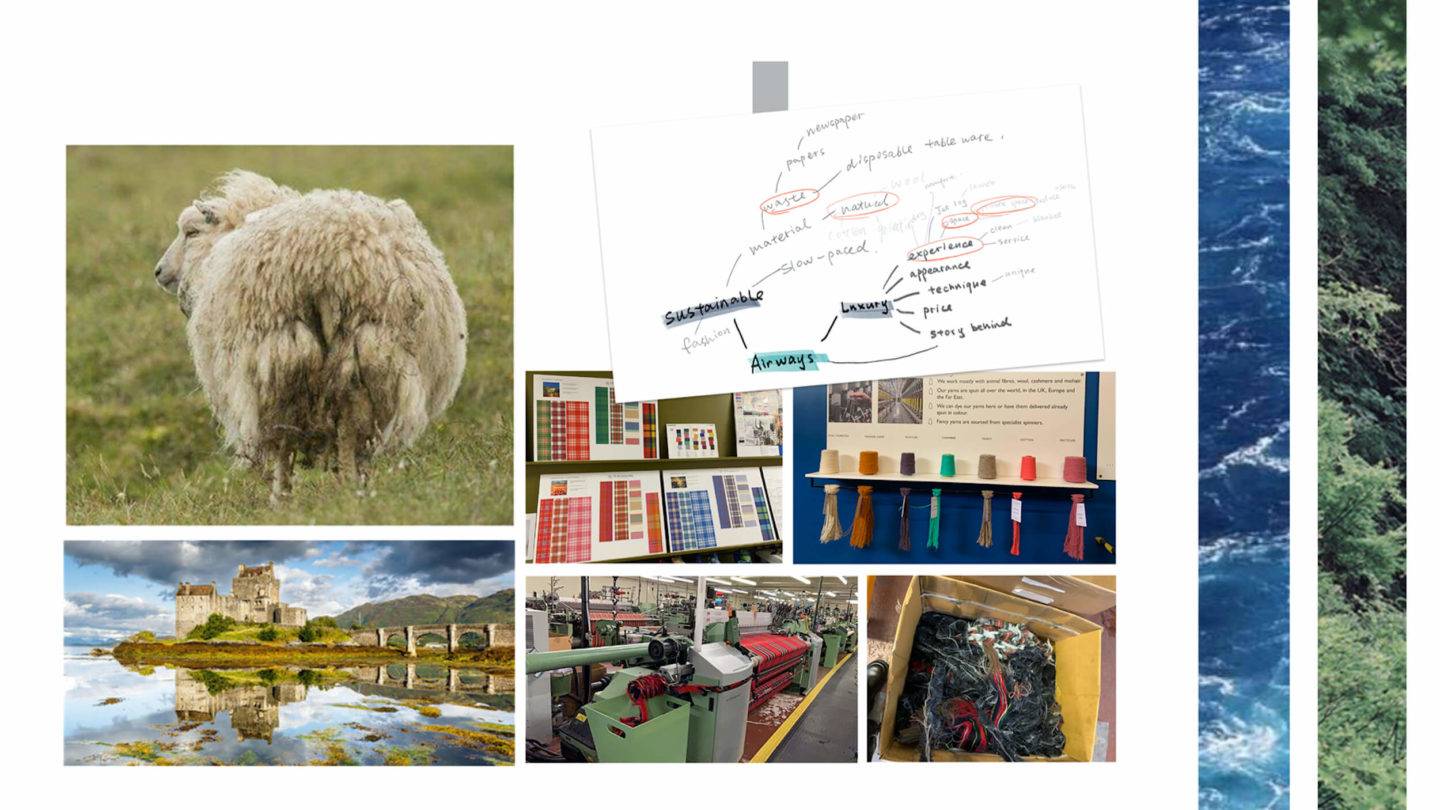
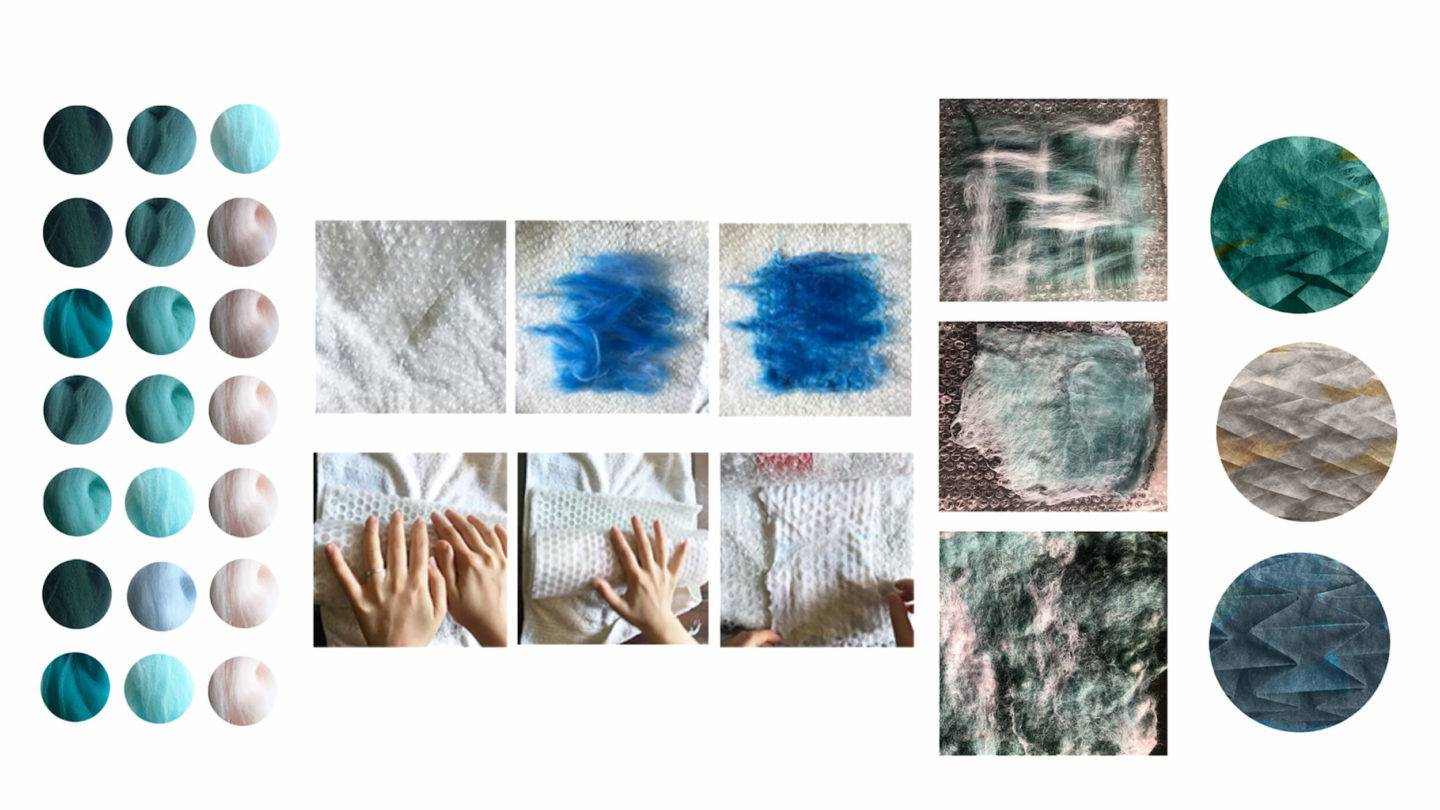
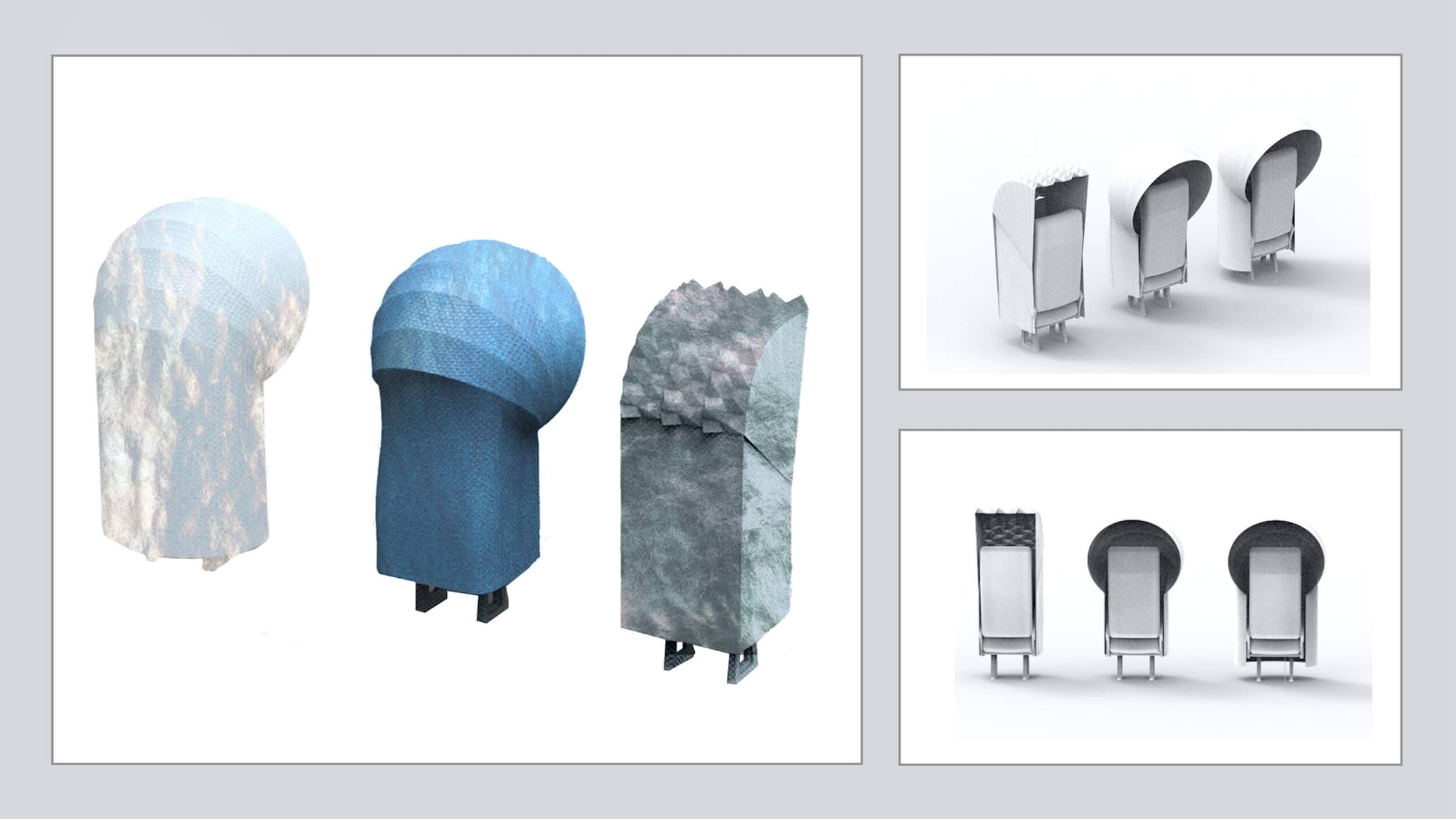
Danyan Liu – Chinese Courtyard in Transport Hub
@ydannaliu
The new community-centric experience at Jewel Changi Airport in Singapore inspired me to explore how we can redefine a transit hub in China. I love the symbolism behind the design of the Jewel, which has the uniformity of a Chinese garden (what the Chinese call Yuan Lin). As an art student with a Chinese cultural background, I wanted to find a contemporary way to show the aesthetics of Chinese tradition. Thus, the Chinese landscaping techniques of “hiding before showing” and “suppressing before revealing” are part of my guiding ideas. These techniques can enhance visual appeal and offer the best experience to our visitors and travellers. I chose bamboo and loofah sponge as two ideal local materials to work with. Bamboo is abundant in southern China; it is fast-growing and can be used both in construction and furniture design. Meanwhile, dry loofah sponge is strong and lightweight. I combined these materials with my concept and aesthetic, aiming to design a transport hub in China that can offer comfort and relaxation while bringing a contemporary Chinese aesthetic to our travellers.
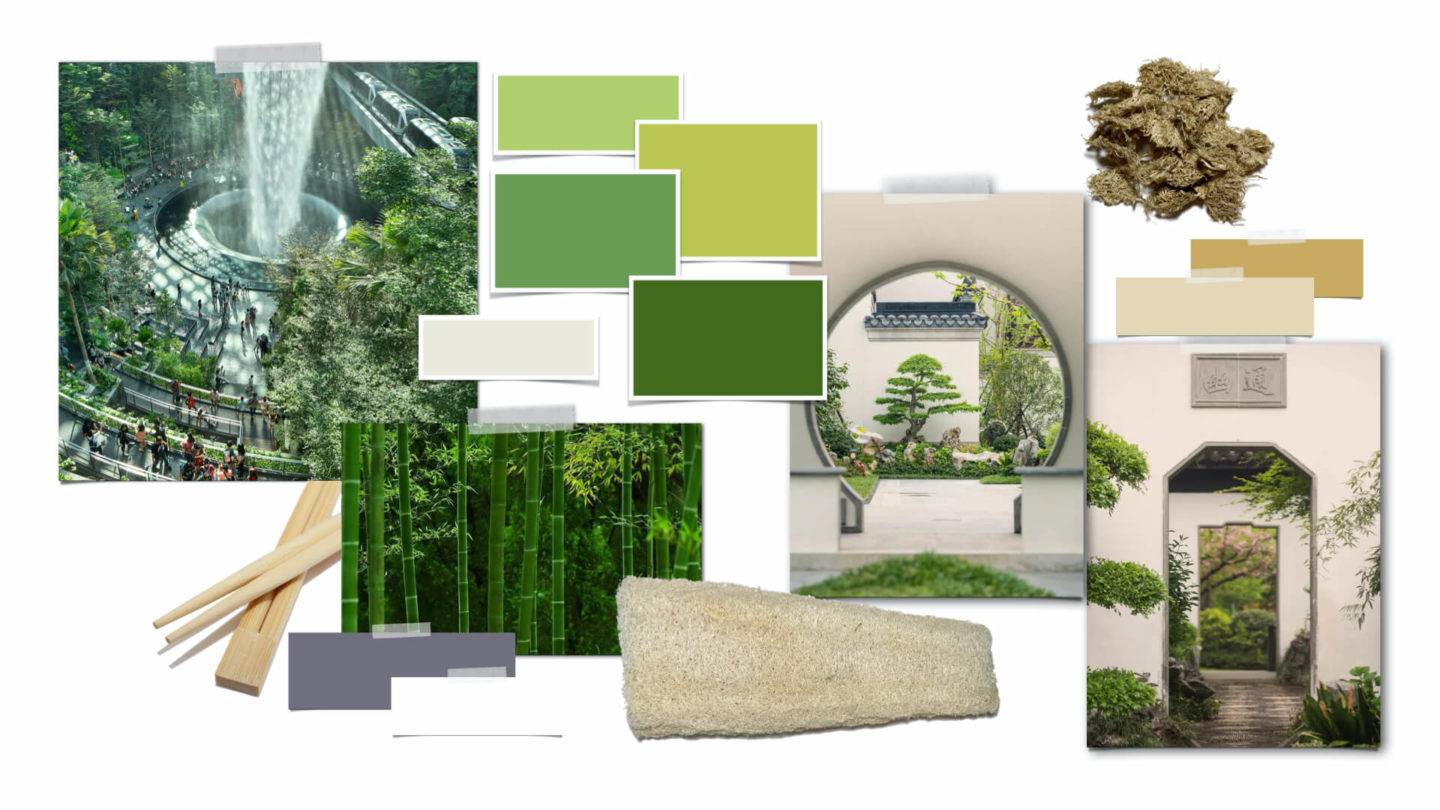
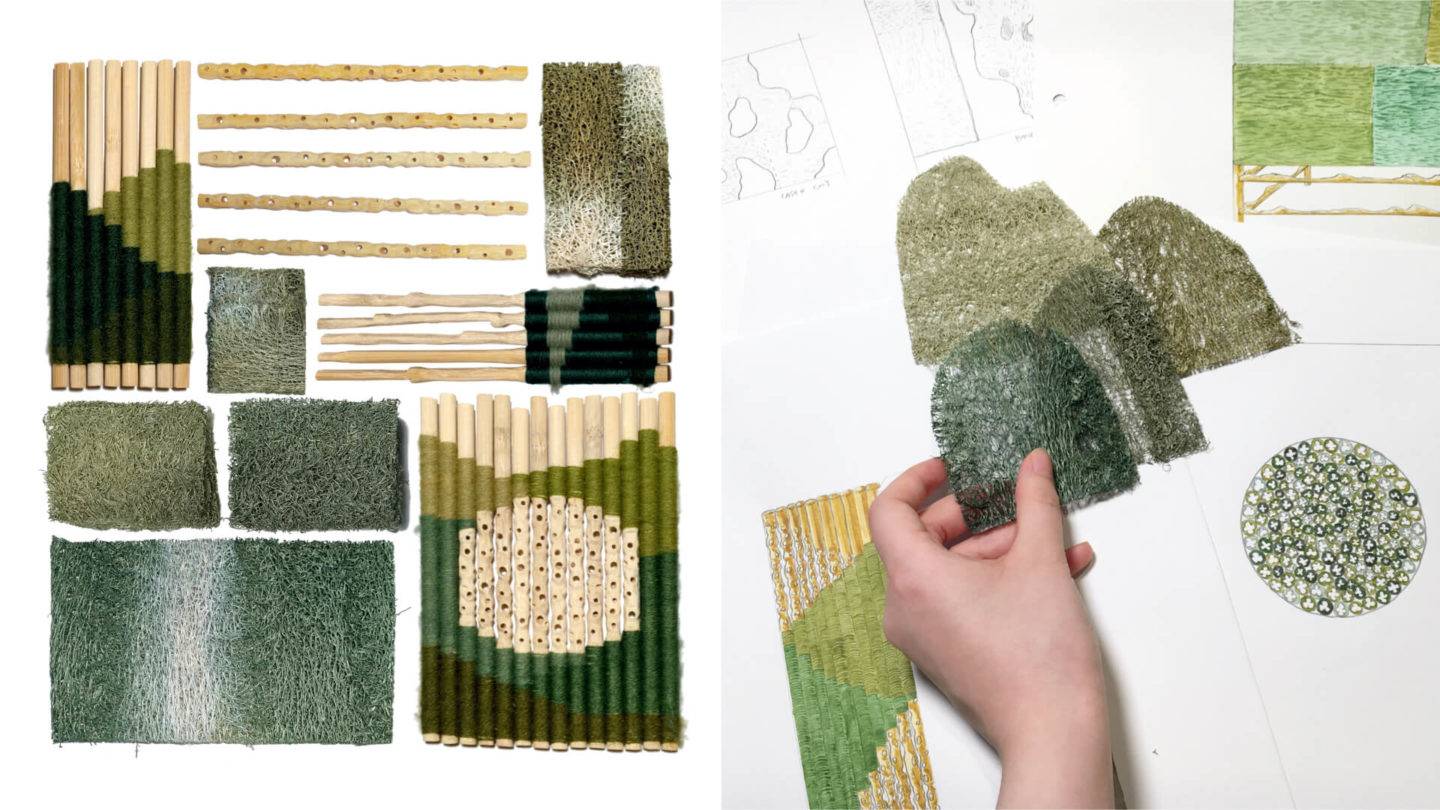
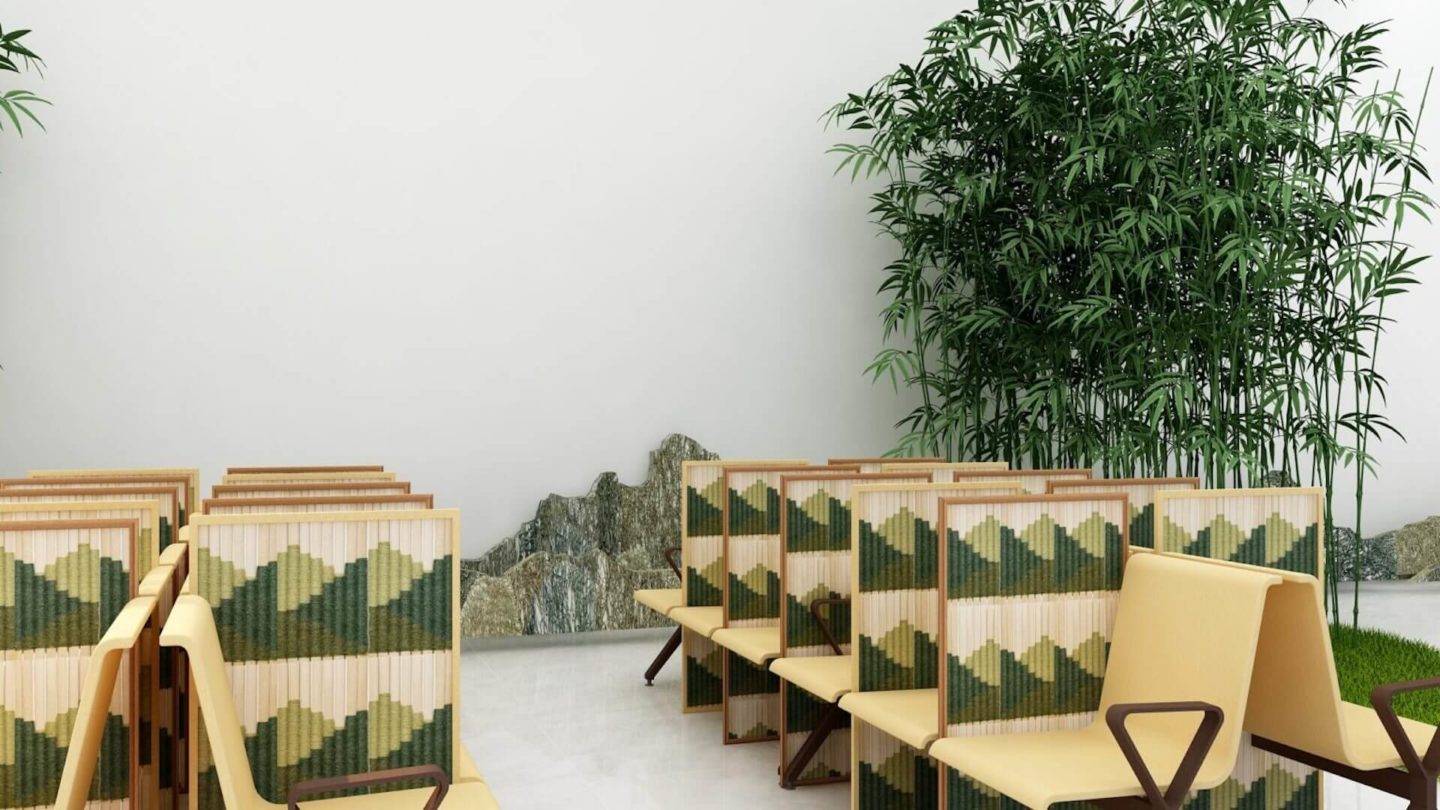
Ella Smith – Outside In Project
@ellaresmith
The concept of the Outside In project aims to create elements of a train interior for Swedish sustainably driven rail company SJ. I wanted to incorporate the country’s strong affinity to nature, Biophilic design and outdoor life as well as its appreciation of craft and design. Forests cover over half of Sweden’s land mass and so I experimented with how I could utilise bark which is a by-product of the abundant and fast-growing Silver Birch tree. The flexibility of the bark makes it an incredibly versatile and pliable material which lends to the contours and different elements of the interior of the train. Integral to my work is the sense of pattern and manipulation of the material which I have designed to be used as seat coverings, interchangeable wall tiles and ceiling panels. I wanted to create a space that had a timeless and tactile aesthetic, offering an immersive experience which brings nature’s beauty onboard.
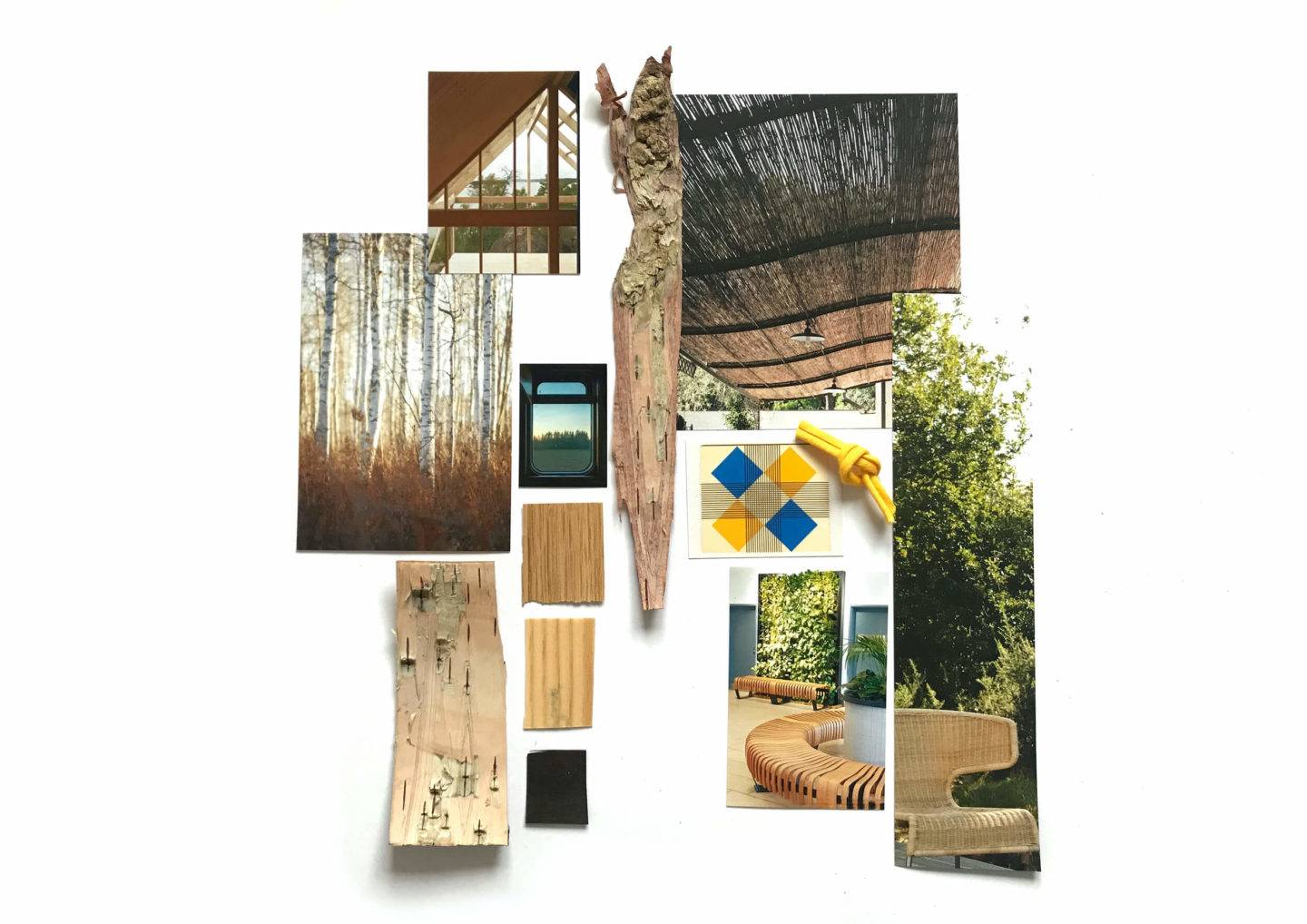
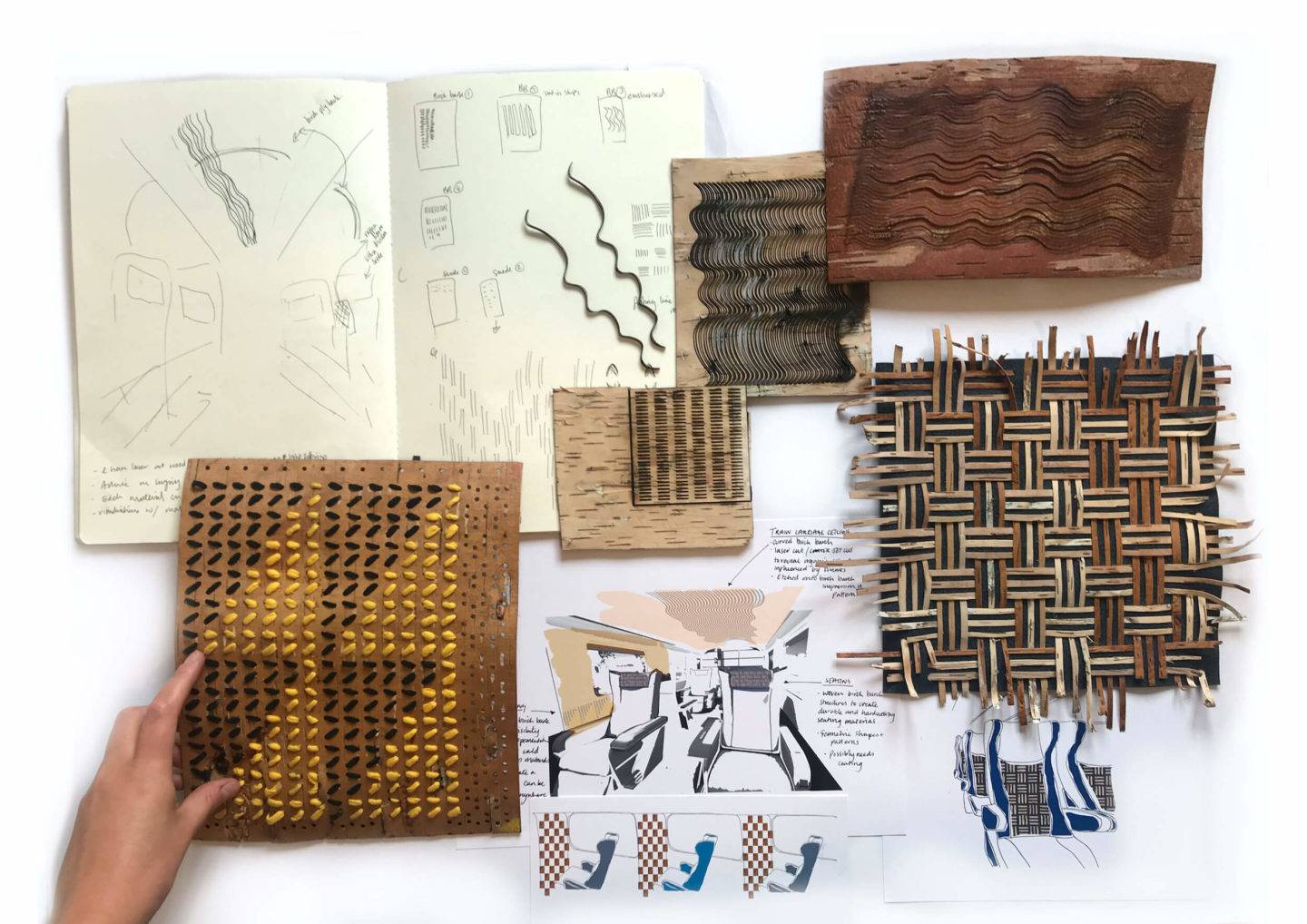
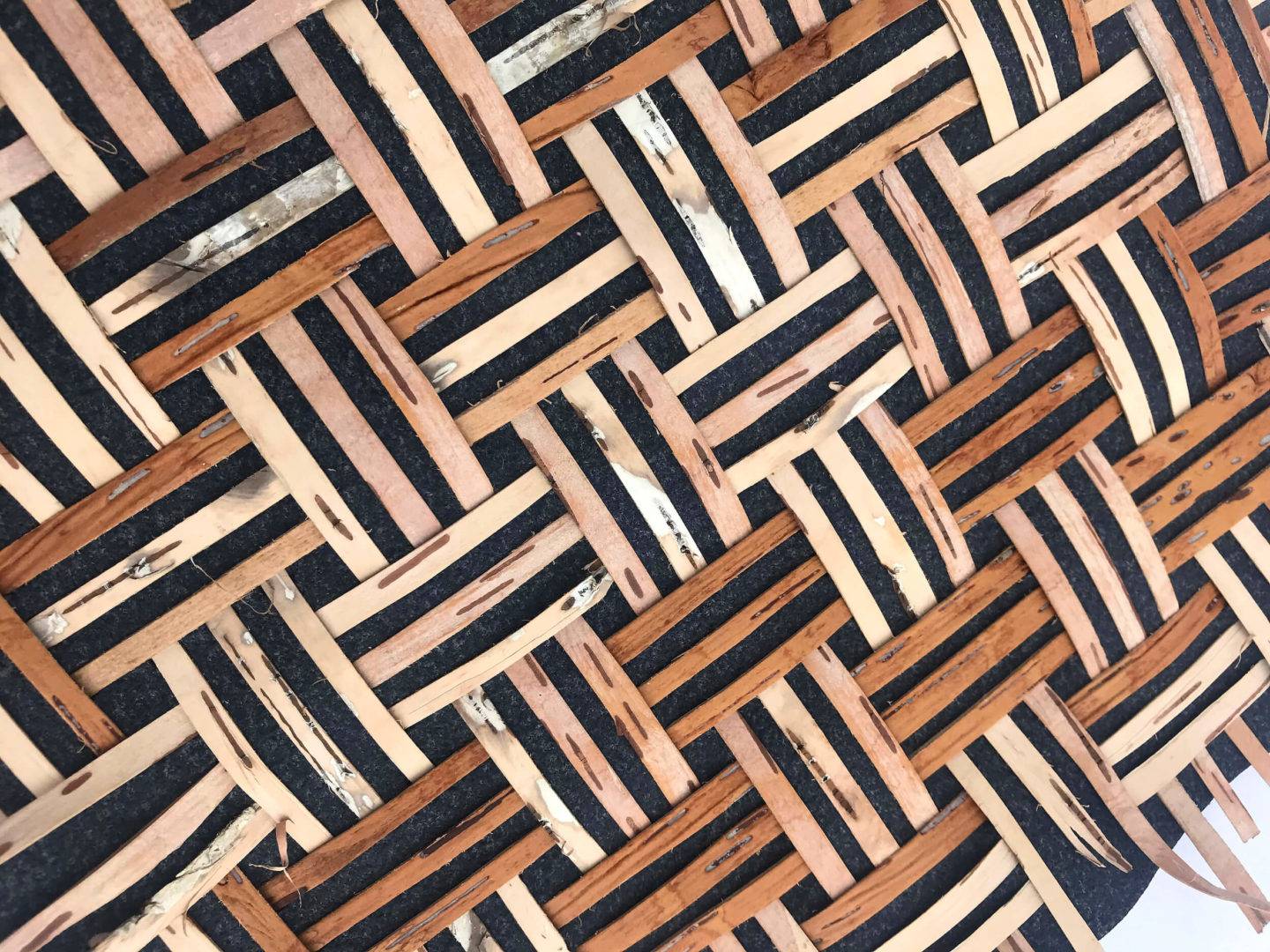
Somin Kim – Sanitising Pop
@sominiii_kk
For this project, I wanted to explore combining hygiene with sustainable design as an element of the travel experience. Both the packaging and the sanitiser ball I designed are made from plant-based materials. The packaging, which is made of biodegradable plastics whose main ingredients are agar agar powder finished with corn starch, is distributed as a single set containing cutlery and a sanitiser ball. The sanitiser ball has a thin external layer made of vegetable material and a jelly-like hand sanitiser liquid within. Before your in-flight meal, you can pop the thin outer membrane, which is also made from a biodegradable material, to clean your hands.
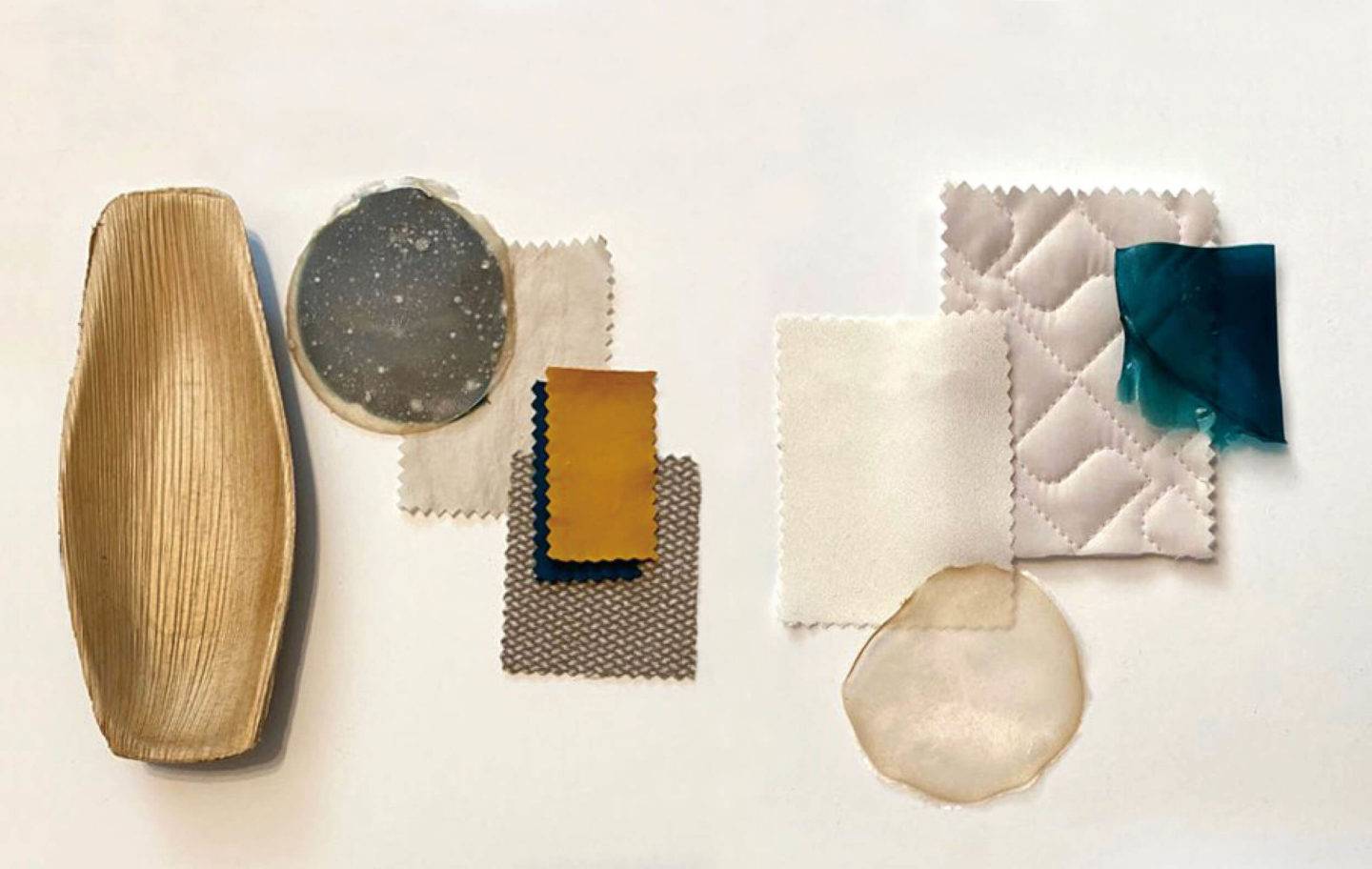
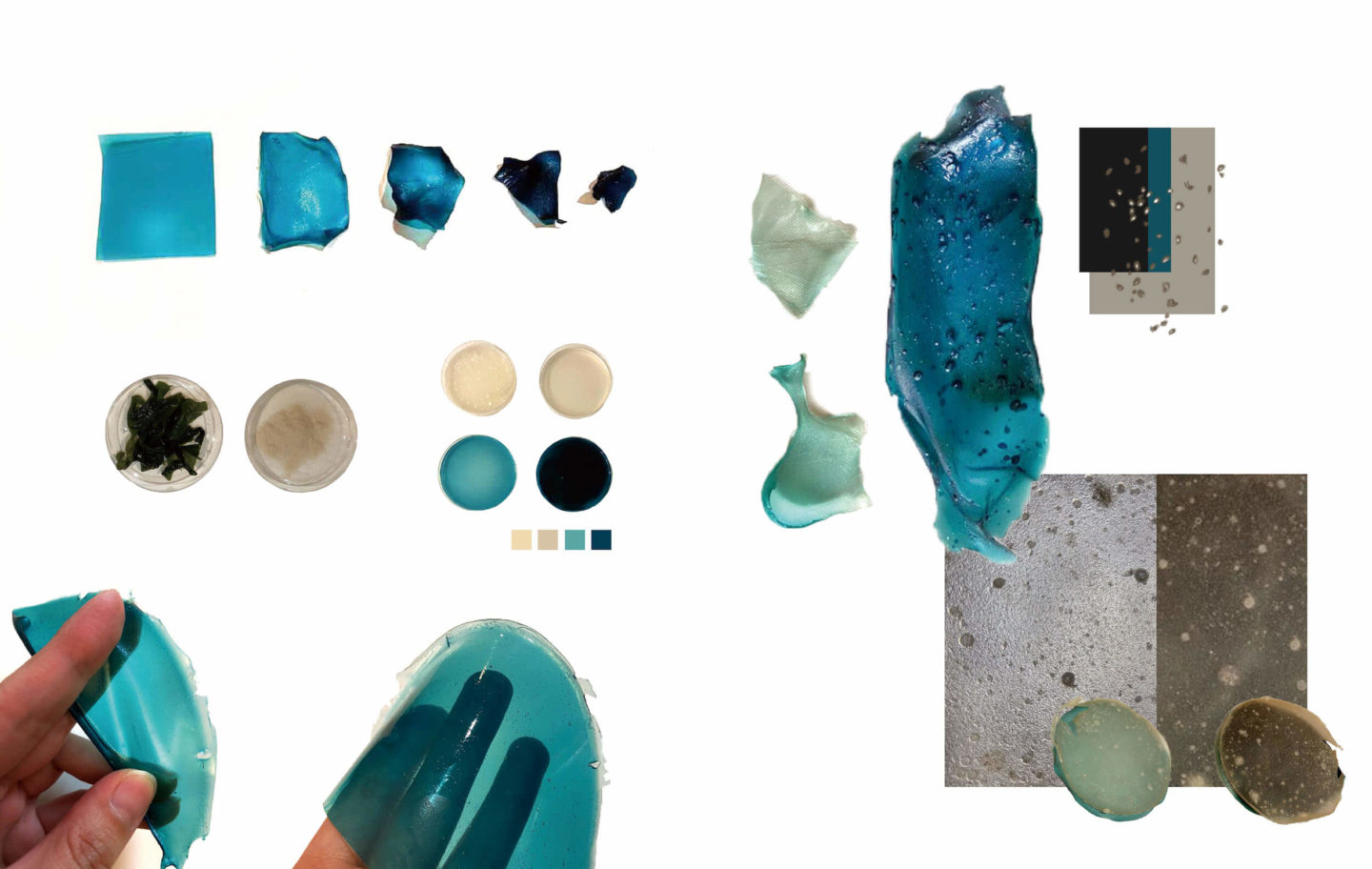
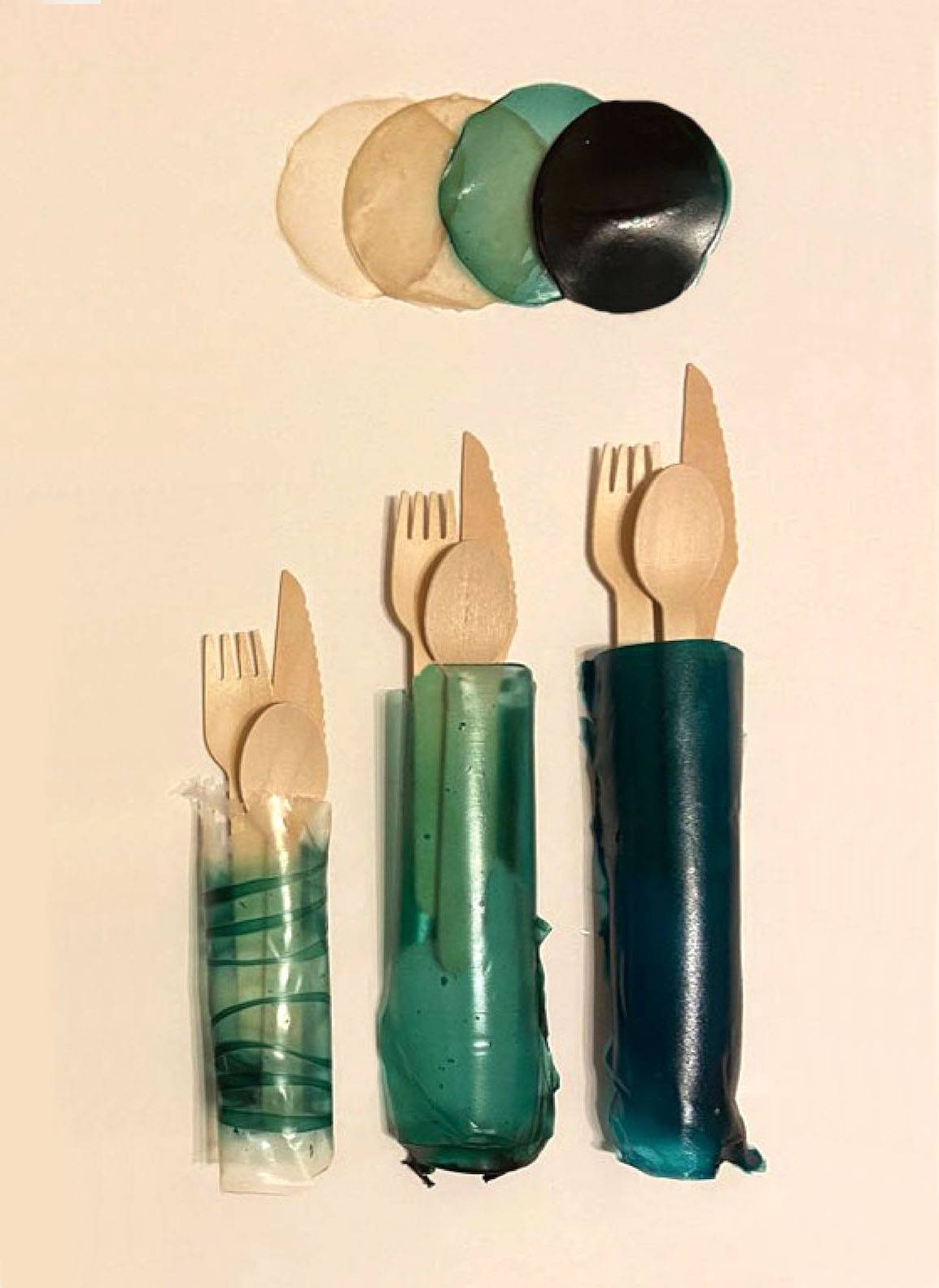
Ksenia Germanovich – How can we source colour sustainably?
@xenxen1
Often so bright and engaging within the natural world – whether on a butterfly’s wing, a soap bubble, or a brightly coloured bird – we’ve all experienced structural colour, yet it remains elusive. Research shows how cellulose – the most abundant natural biopolymer on Earth – can self-assemble into optically active structures – giving rise to bright, iridescent colour. Inspired by this research I set out to visually explore the physical basis of iridescent colour and its application and impact in interiors for the cruise industry. Through 3D-modelling of some of the structures responsible for angle-dependent colour in plants and animals, I explored the aesthetics of this future material – its scale, materiality, reflectance and the sensations of its dynamic nature. The high reflectance of the material contributes to a sense of space and expansiveness – ideal for cruise interiors, which can at times feel small. Its dynamic property extends the slow and meditative nature of sea travel, echoing the subtle play of light and colour in the sea and sky.
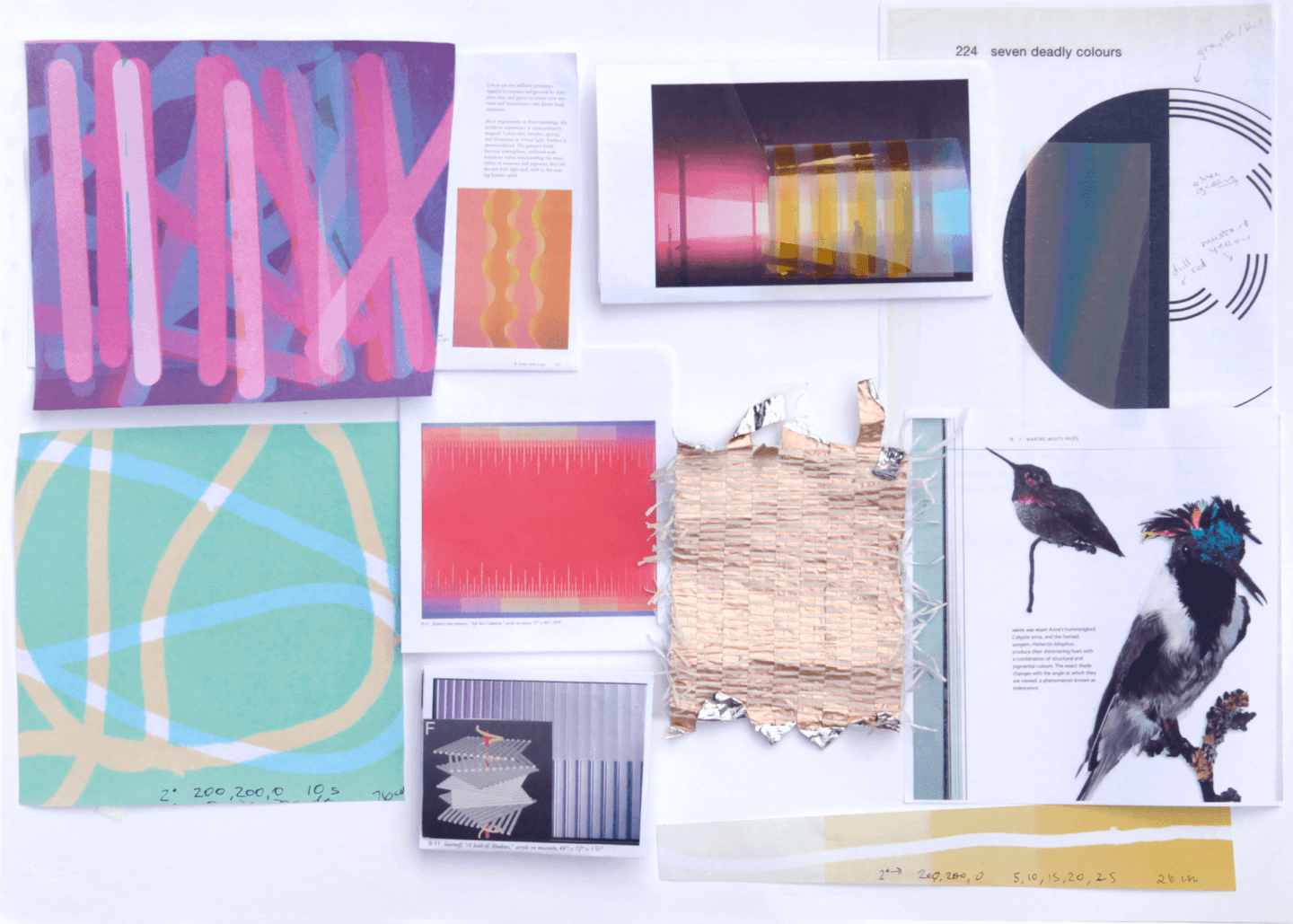
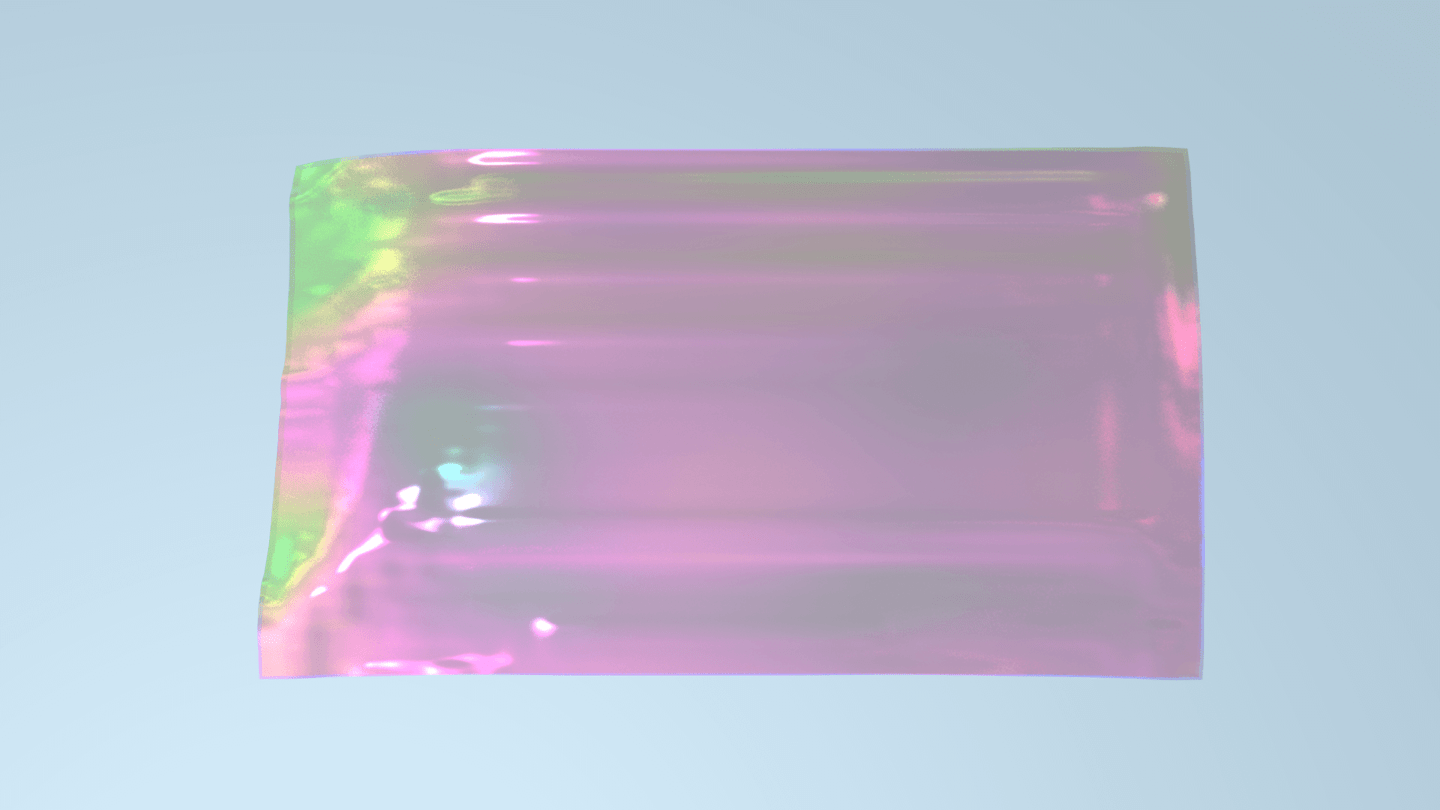
All images courtesy of the students
